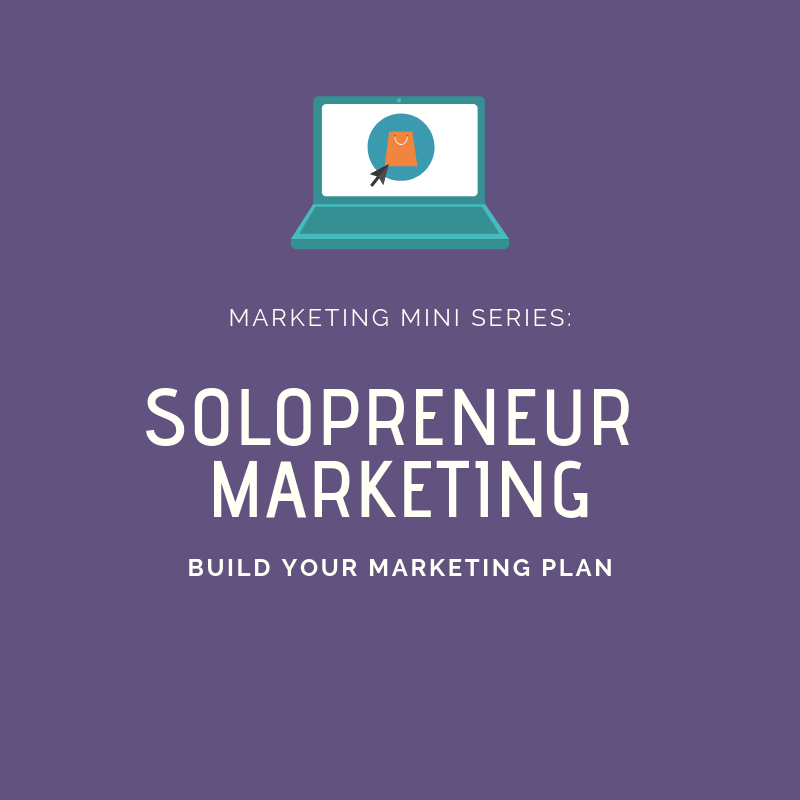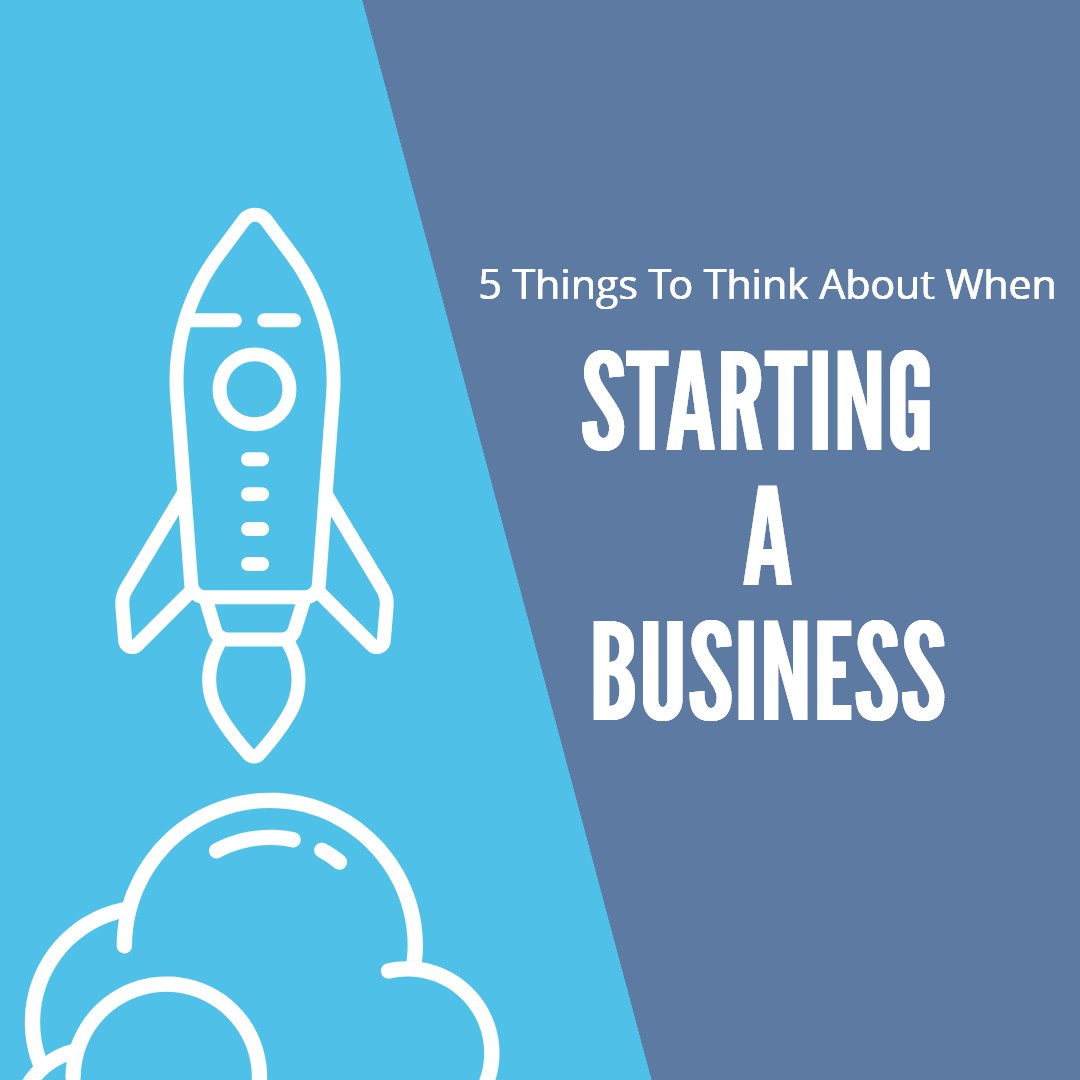You don’t have to have an advanced math degree to know that the shortest distance between any two points is typically a straight line. I bet you didn’t know that this little Pythagorean throwback also applies to growing your business too. In today’s post I’m going to challenge you to start thinking in straight lines when it comes to figuring out what to do next or how you’re going to grow.
First we have to break down what I mean when I’m challenging you to think in straight lines for your business.
Thinking in straight lines is to always be looking for the shortest actionable distance between where you are at any given moment and where you want to be. It means working out the next immediate thing you can actually do right then to get closer to a desired outcome based on your immediate constraints, access to resources, clutter on your calendar, and even emotional capacity.
The shortest distance between any two points is a straight line.
Need more clients? What can you do right now to proactively have real conversations with people who might be willing or able to buy from you?
Not getting the engagement you want on social? What are you doing right now to interact with people online? It’s more than listing where you’re showing up. Who are you mixing it up with in the hand-to-hand-combat that is leaving comments, feedback, etc?
Wondering why you’re website is getting the traffic you hoped it would even with all the SEO ninja tactics you put in place? What are you doing to give people a compelling reason to show up? Is your content/creative consistent enough? Good enough?
When you’re building a business it can be disarmingly easy to fill up your todo list and calendar with things that will keep you busy. The question I want you to ask yourself is - which one of those things/activities/tasks are going to push you closer to an outcome that you actually care about? Which ones are the straightest lines to getting you in front of the people that really need you? That would buy from you?
Easier said than done right? Everything feels like it’s important!
I get it.
But, you can only “fake it” as a business owner for so long. You can only be building, learning, and tinkering with your website for so long. Every moment that passes where you aren’t in direct service of solving the problems you started the business to solve is just time, money, and personal bandwidth burned away.
You don’t have a business unless you’re serving your customers. If you never help anyone then you just have a business operations hobby, which is cool don’t get me wrong but it’s not a business. So, what can you do to start thinking in straight lines? I have some tips to help.
1. Relax. Building a business is a marathon not a sprint. Well it’s really a combination of marathons and sprints but the idea is that trying to get everything done all the time will just burn you out. This leads me into my second tip, start setting better goals.
2. Use the GROW method to set your goals. This works for everything from building your website, creating a repeatable sales process, and even for the work that doesn’t scale (which is sometimes the most important work). Grow stands for:
G - Set a goal that has a clear and easily identifiable end point. Think I want to run the next 5k, not I want to run more.
R - What's your reality look like right now? What are the issues, the challenges, how far are you away from your goal?
O - There are going to be obstacles. Some you can anticipate and some you can't. Work on the options you have for overcoming the obstacles you can see to increase your chances of working through the ones you can't.
W - What are the small actions you will have to take everyday to make your way forward? Through the obstacles, the time constraints, and everything else you have to deal with on your way to your goal.
3. Now that you are relaxed and have some new goals, get focused in on the results. Laser focused. Every choice you make in your business will result in some kind of outcome - some are big and important and others not so much. Thinking in terms of potential outcomes will help you better prioritize how and where you spend your time so that the next actions you take are the ones that really matter.
4. Put sticky notes up everywhere that read - 80/20. Then every time you walk by them remind yourself that with anything that you do, 80% of the results come from 20% of the actions. This will help you mitigate the pull of needing to learn just a little more, tinker with your design just a little more, and edit that next blog post just a little more. That “little more” is leading you down the path of diminishing marginal returns. Let’s avoid that.
5. Be decisive, but not over active. Things aren’t always going to go your way. You can’t control what the decisions that your customers, audience, or stakeholders make. That’s ok. Being accountable is healthy because when things don’t go your way you’ll be able to learn from them and adjust. Snap reactions and the urge to instantly change everything because you got one less than ideal outcome is the quickest way to lose the trust of your market.
6. Understand, truly and intrinsically, that building a business will take hard work. You are going to have to put real time and energy into building a business. There are no shortcuts, sales funnels, or platforms that will do it for you. You have to show up everyday so spend less time planning, thinking, and talking about what you’re going to do and just do it. Feel free to visit last week’s post for a little inspiration from the internet’s best friend, Mr. Shia LaBeouf.
Oh, and never forget that the shortest distance between any two points is a straight line.



















